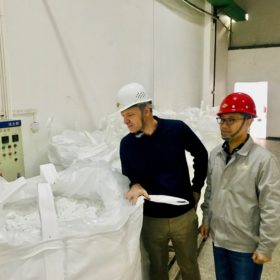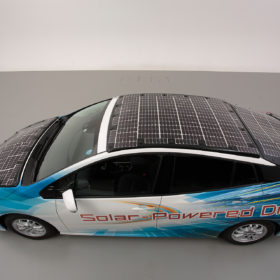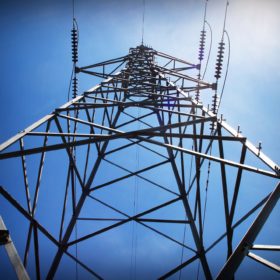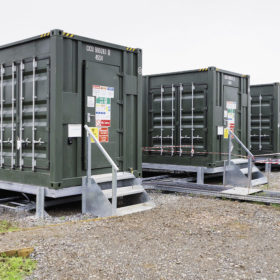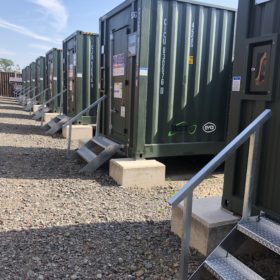UK needs 13 GW of DSR, smart EV charging and V2G ramp up for net zero goal
… and it will be quite an effort. The U.K.’s grid operator, National Grid, released a new report on possible energy system transformation pathways, amidst growing public concern over climate change. Ramping carbon emissions reduction targets up from 80% to 100% prompts technical challenges. These can be overcome but will require full alignment of policy effort and individual awareness and decision making.
Japan’s Toray to manufacture battery components in Europe
Japanese materials company Toray has announced plans to open a facility for manufacturing battery separator films for use in lithium-ion batteries. The factory is expected to begin operations in July 2021 and will increase Toray’s production material for the component by around 20%.
Lithium-ion recycling rates far higher than some statistics suggest
While it is often stated only 5% of lithium-ion batteries are recycled, a review of research into the second life and recycling of lithium-ion batteries suggests that is a gross understatement. A new study found almost 100,000 tons of waste batteries were recycled last year – about half of what reached end-of-life.
Toyota shows off solar Prius with 860 W output from 34% efficient cells
The car will be road tested at Toyota City in Japan. Solar charging technology for the vehicle will then be further optimized before the vehicle goes on sale.
The United States is headed for a battery breakthrough
A new report by the Energy Information Administration projects U.S. installed battery storage capacity will reach 2.5 GW by 2023. Florida and New York are set to pave the way as massive projects in each state will account for almost half the coming capacity.
‘True grid parity about more than electricity price’
The head of Mercom Capital says solar has a long way to go before it can stand without policy support. Effective grid parity will only be achieved when the cost of PV electricity factors in the expense of grid upgrades and the storage systems its intermittent nature requires, says Raj Prabhu.
Australia will need 15 GW of utility scale storage by early 2040s
Increased storage and strategic transmission development will be needed to ensure the most economic and lowest risk transition of Australia’s energy system, the Australian Energy Market Operator said in its latest study. In 20 years’ time, the need for storage will be at a scale not seen before in the national electricity market, and pumped hydro and distributed storage are set to play major roles in lowering electricity prices and building a reliable and resilient power system.
Grid data transparency vital to making the case for renewables in Vietnam
With a glut of solar capacity having come online this year, cheaper financing would help keep some of that momentum but policymakers cannot be persuaded of the economic benefits of clean energy unless state-owned utility EVN opens up.
Has solar lost its sheen for India’s EV push?
While the nation’s recent Union budget announced steps to create an electric vehicle market, the solar sector still has issues that have not been addressed.
Grid service payments the key to unlocking China’s energy storage potential
The world’s biggest solar market could be about to replicate that feat in energy storage, provided it manages to reform the payment system for rewarding the grid services offered by batteries.


